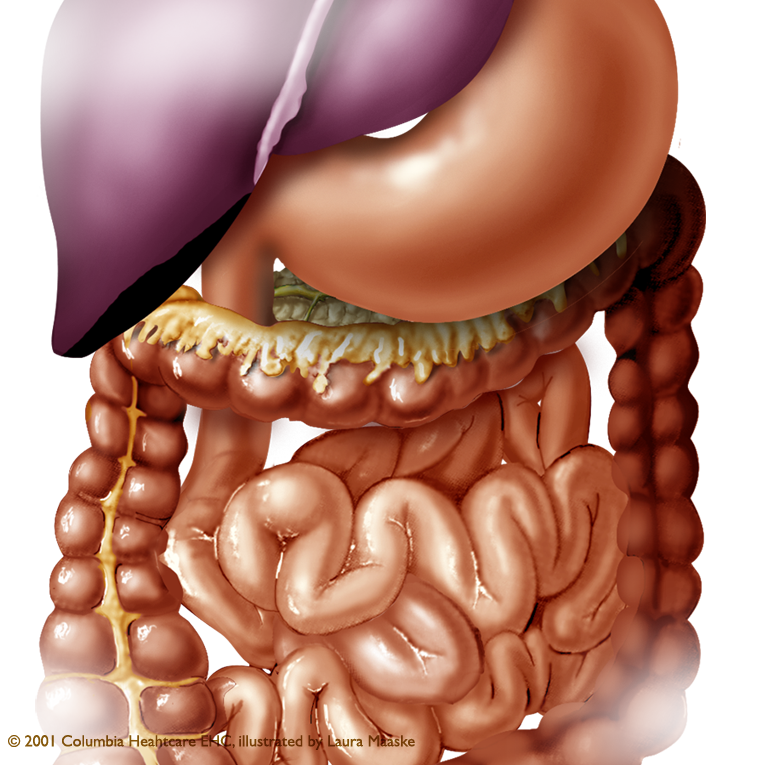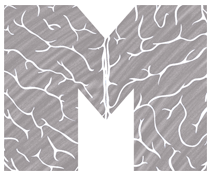
Abdominal Organs
The human abdominal cavity stretches from the diaphragm to the pelvis at the pelvic brim and contains the hollow and tube-like alimentary tract, or digestive organs, of the body. These vital organs include the esophagus and stomach. The stomach continues into the small intestine, which consists of the duodenum, jejunum, ileum, and cecum. Digestion continues with the large intestine: ascending (including the appendix), transverse colon, descending colon, sigmoid colon, and the rectum. There are many accessory organs, solid in structure, which aid in digestion and these include the liver, gall bladder, kidneys, pancreas, and spleen.
Generally, the bladder and ureters, uterus and ovaries, are considered part of the pelvis and not the abdomen, due to the perimeter of the abdominal wall itself, the peritoneum. However, there is some disagreement about this. These organs are considered to be in a retroperitoneal position. A retroperitoneal position is to be located in the back of the peritoneal or pelvic cavity as opposed to within the abdominal cavity.
- gall bladder - assists in lipid digestion and concentrates bile produced by the liver.
- kidneys - regulate enzymes, maintain acid and salt balance, and regulate of blood pressure and water balance. The kidneys remove waste and divert toxins to the ureter and urinary bladder. The kidneys produce urine, which contains urea and ammonium. The kidneys also manufacture the hormones erythropoietin and calcitriol; and the enzyme renin.
- pancreas - a digestive organ as well as an endocrine gland. As a digestive organ it releases pancreatic enzymes for the small intestine to break down proteins, lipids, and carbohydrates. As a gland it produces vital hormones like insulin, glucagon, pancreatic polypeptide, and somatostatin.
- spleen - as part of the lymphatic and immune system, and less vital than the other organs, the spleen filters blood. It removes the old red blood cells from blood and holds a reserve of blood if there should be sudden hemorrhage somewhere in the body. The spleen recycles iron, removes bacteria which have been identified as foreign by immune cells, and synthesizes antibodies.
Laura Maaske, B.Sc., M.Sc.BMC
Racine, WI 53402
Cell: (262) 308-1300
Contact Laura
Text Copyright © Medimagery - Laura Maaske LLC
Illustration © 2000 Columbia Healthcare EHC, illustrated by Laura Maaske - Medimagery LLC.
Return to Organs of the Abdomen Illustration.









